Fox News Flash top entertainment headlines for January 13
Fox News Flash top entertainment and celebrity headlines are here. Check out what's clicking today in entertainment.
EXCLUSIVE: Susan Peters was on her way to becoming a sought-after leading lady in Hollywood when a freak accident on New Year’s Day 1945 forever changed her fate.
Despite the Spokane, Wash., native’s determination to dominate the silver screen, the Oscar-nominated actress couldn’t escape the challenges that impacted her career. Peters passed away in 1952 at age 31 and her films were seemingly forgotten with time -- at least until now.
Carla Valderrama and Turner Classic Movies (TCM) recently released a book titled, "This Was Hollywood," which shines a spotlight on former stars who faded into obscurity. The author drew on new interviews, rare documents, as well as conversations with some of the last living sources who knew the former movie idols.
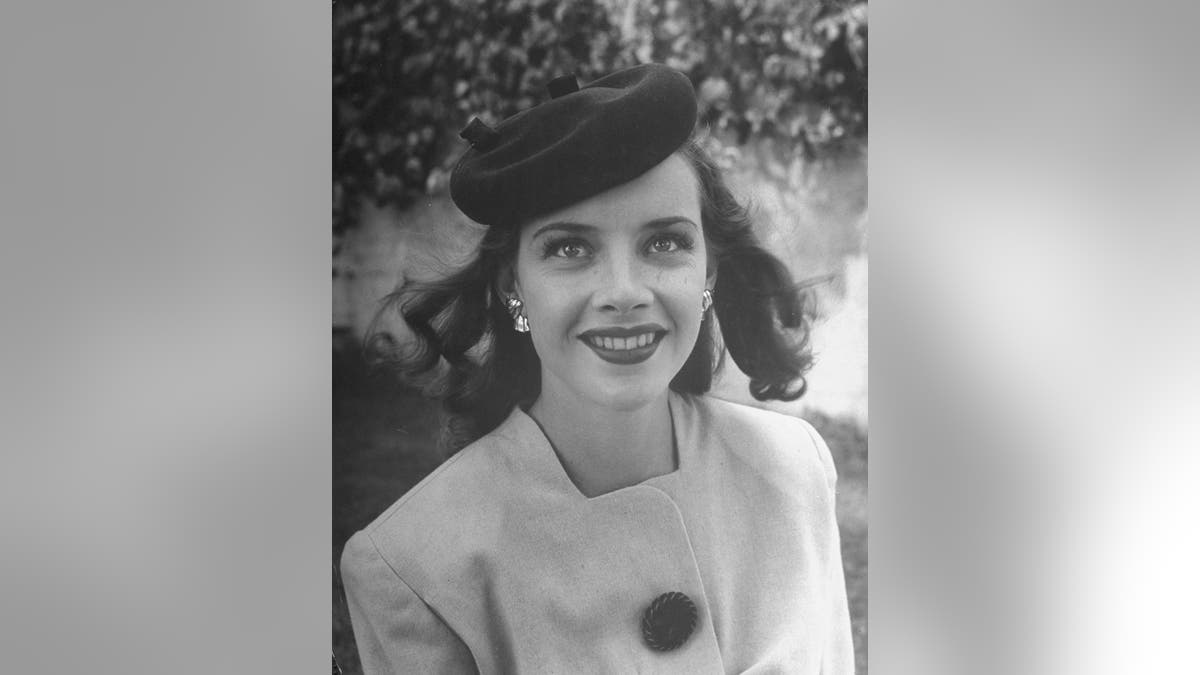
Susan Peters is featured in 'This Was Hollywood,' a new book released by author Carla Valderrama and Turner Classic Movies (TCM). (Photo by Peter Stackpole/The LIFE Picture Collection via Getty Images)
"Susan looked like the most beautiful girl next door ever," Valderrama told Fox News. "When you see her films today, you’re just blown away by her performance. She comes across as so modern and natural. You can’t help but keep your eyes on her. Her performance just grabs at you and you immediately feel this star quality. It was apparent from the very beginning."
According to Valderrama, Peters was sent to Los Angeles when she was 5 years old to live with her grandmother after her father died in a car accident. Peters later befriended a boy paralyzed by polio. The friendship gave her big dreams of studying medicine.
"It’s haunting to read those interviews Susan made before her accident because she talks about this young boy who couldn’t walk," Valderrama explained. "She would always ask, ‘Why can’t he walk again?’"

Susan Peters originally wanted to study medicine after she befriended a boy who was paralyzed. (Everett Collection)
"So her goal was to study medicine, but instead, she’s introduced to a talent scout. She really wanted to go to medical school and believed that by making movies full-time she could quickly save up for it. She also gave herself a deadline. If she didn’t make it as an actress after three years, she would quit," the author continued.
According to Valderrama, Peters was seriously considering returning to her goal of studying medicine when she was cast in 1942’s "Tish" alongside Richard Quine. That same year, she starred in "Random Harvest," for which she received an Oscar nomination for Best Supporting Actress. At age 21, Peters was one of the youngest nominees in history at the time, The Hollywood Reporter revealed.
Peters’ life -- both personally and professionally -- was blossoming. MGM signed her to a long-term contract. Quine, who was already married to actress Susan Paley, fell in love with his co-star and in 1943, the pair tied the knot. Peters was also chosen to star in 1944’s "Song of Russia," a role that was originally considered for Hedy Lamarr and Greta Garbo.
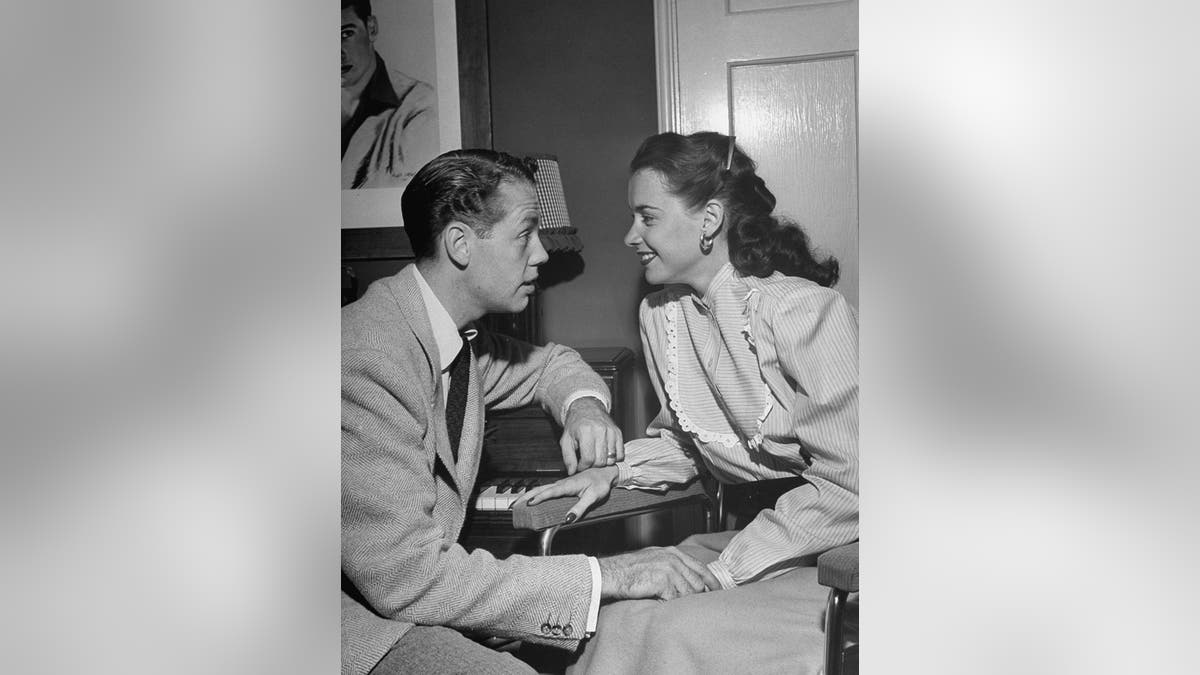
Susan Peters and her husband Richard Quine went duck hunting on New Year's Day 1945 when she suffered a freak accident. (Photo by Bob Landry/The LIFE Images Collection via Getty Images/Getty Images)
But everything came to a halt on Jan. 1, 1945. Valderrama admitted the incident still puzzles her today.
"No one knows what really happened except for Susan and Richard," she explained. "It wasn’t impossible, but it certainly leaves you wondering how something like this could possibly happen."
According to reports, Peters and Quine went duck hunting when a rifle accidentally discharged. A bullet lodged in Peters’ spinal cord, paralyzing her from the waist down.
MOTHER DOLORES HART EXPLAINS WHY SHE LEFT HOLLYWOOD TO BECOME A NUN: ‘GOD CALLED ME’
"Susan was an avid hunter and was familiar with guns," said Valderrama. "Her version of the event was that they left the gun under a bush. She went under the bush to get it. The gun was pointed towards her and the trigger caught on a twig, sending a round into her stomach. Bullet fragments entered her spine. It all seems so strange. But Susan had always said she alone was to blame for it."
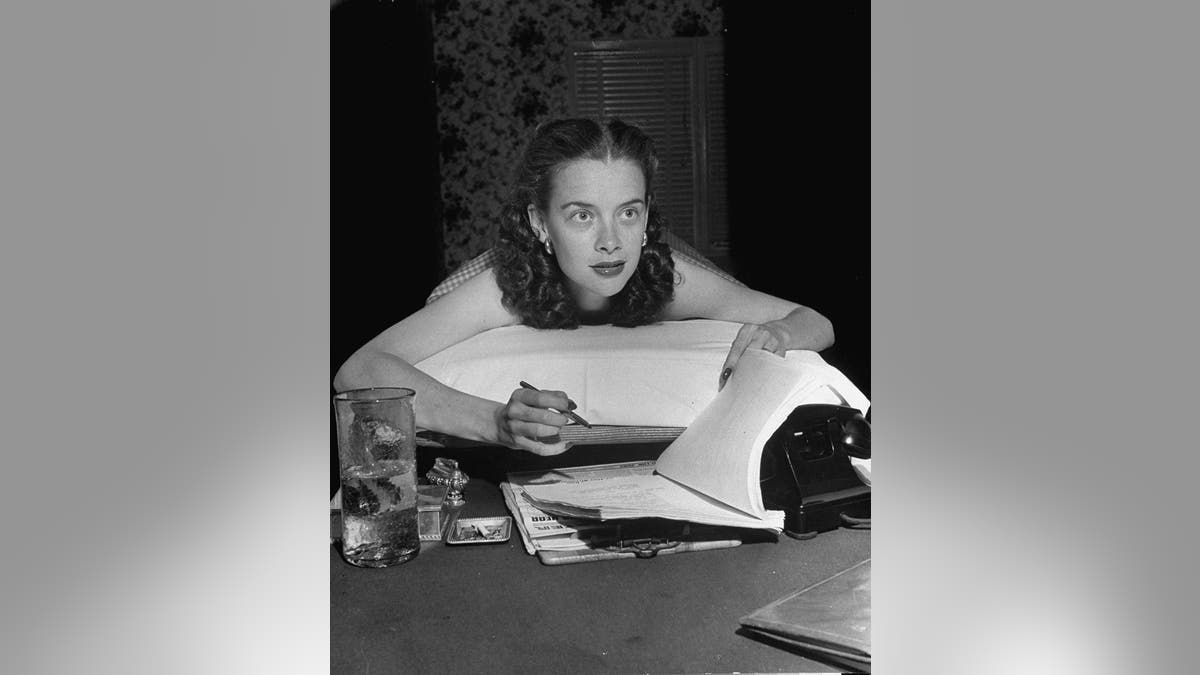
Susan Peters writing on a hospital cart in her home. The actress kept busy as doctors originally insisted she would walk again. (Photo by Bob Landry/The LIFE Images Collection via Getty Images/Getty Images)
According to Valderrama’s book, physicians at the time believed the accident was temporary and Peters would walk again.
"She [eventually] came to a certain point where she realized that she wasn’t going to walk again," said Valderrama. "And she was OK with that because she didn’t want to let [this accident] stop her. In fact, MGM was extremely supportive because she had such star quality. She also had great supporters. Lucille Ball heard about her accident and came to visit Susan at the hospital. They became good friends. And it was Lucille who also encouraged her to work."
"As for MGM, they kept sending her scripts hoping that she would work," Valderrama continued. "She was the one who kept turning the scripts down because she was looking for something that wouldn’t just capitalize on her injury. They thought it would be a good way to pull at the heartstrings of audiences and make them cry.

Susan Peters adjusted to her new life and even hunted again. (Photo by Reznikoff Artistic Partnership/Corbis via Getty Images)
"But when she wanted to play other roles, they were just mortified. It was risky for Susan because the hospital bills were mounting and MGM was really her only source of income. But she truly wanted to have control of her career. She wasn’t just a girl in a wheelchair."
In Valderrama’s book, readers will learn that the star was adjusting to her new life, Peters was "driving her own specially equipped car, horseback riding, swimming, taking flying lessons, and even hunting again." She and Quine also adopted a son named Timothy in 1946.

Susan Peters (L) performing in a scene from the film 'Sign of the Ram' (Photo by Bob Landry/The LIFE Images Collection via Getty Images/Getty Images)
Peters also learned about Margaret Ferguson’s best-selling novel, "The Sign of the Ram," which, according to Valderrama’s book, "is the story of a woman confined to a wheelchair who uses her disability to manipulate and destroy the lives of those around her."
Peters believed it was the comeback role she was looking for. However, the film, which premiered in 1948, flopped. That same year, she and Quine separated.
‘GILLIGAN'S ISLAND’ STAR TINA LOUISE PAYS TRIBUTE TO DAWN WELLS
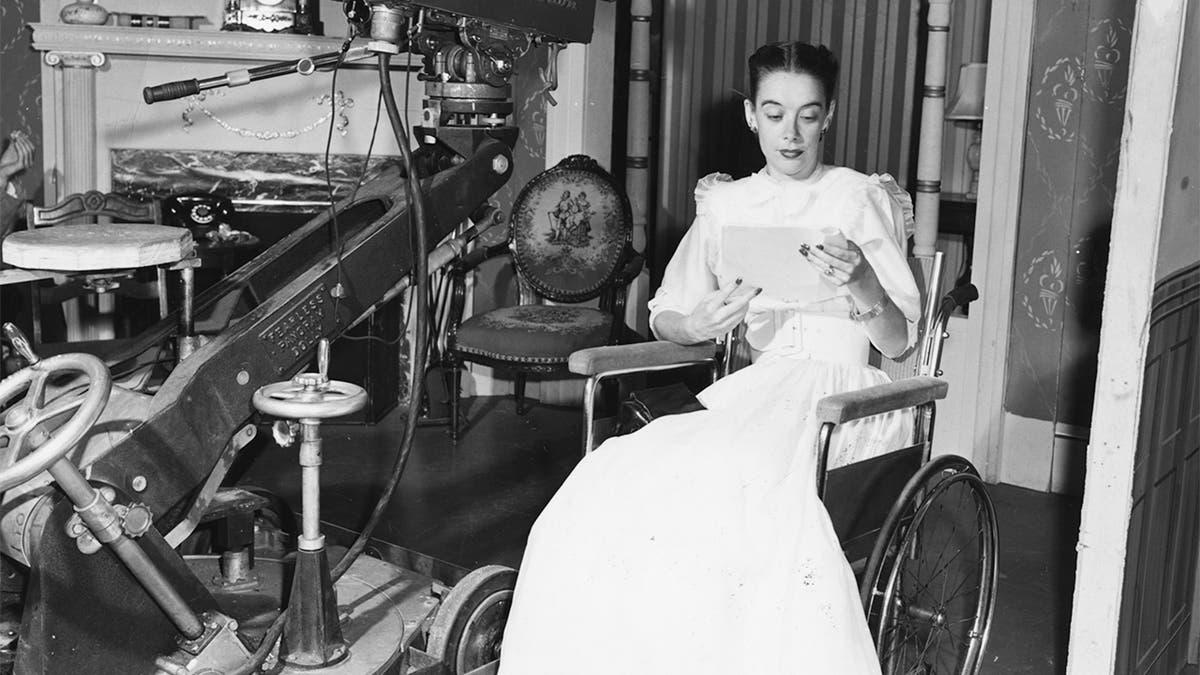
Actress Susan Peters pictured reading from her notes in front of a WPTZ television camera, as she sits in a wheelchair, for her show 'Miss Susan', circa 1951. (Photo by Keystone Features/Hulton Archive/Getty Images)
Then in 1951, she launched a TV show titled "Miss Susan," which was panned by critics. It was canceled that same year.
"It was a rapid decline for someone who was so hopeful," said Valderrama. "Her final years were very lonely and sad. And a spinal injury can create a whole lot of other issues, which she was also faced with. Her doctor said that in the end, she really just lost the will to live. She stopped eating and drinking. I think at the end of her life, despite all of her efforts, despite advocating for people with disabilities, Susan truly believed she was a failure."
Quine, who later remarried and kept acting, passed away in 1989 from a self-inflicted gunshot wound at age 68.

Author Carla Valderrama hopes her book 'This Was Hollywood' will re-introduce Susan Peters to audiences. The actress passed away in 1952 at age 31. (Photo by Genevieve Naylor/Corbis via Getty Images)
Valderrama hopes her book will re-introduce Peters to audiences.
‘WALTONS’ STAR RICHARD THOMAS REFLECTS ON WORKING WITH LATE TV DAD RALPH WAITE: ‘WE REALLY BONDED’
"She was a trailblazer," said Valderrama. "She could have easily taken any script they were throwing her way but she didn’t want to just be recognized for her injury. She believed people with disabilities deserved respect and dignity."
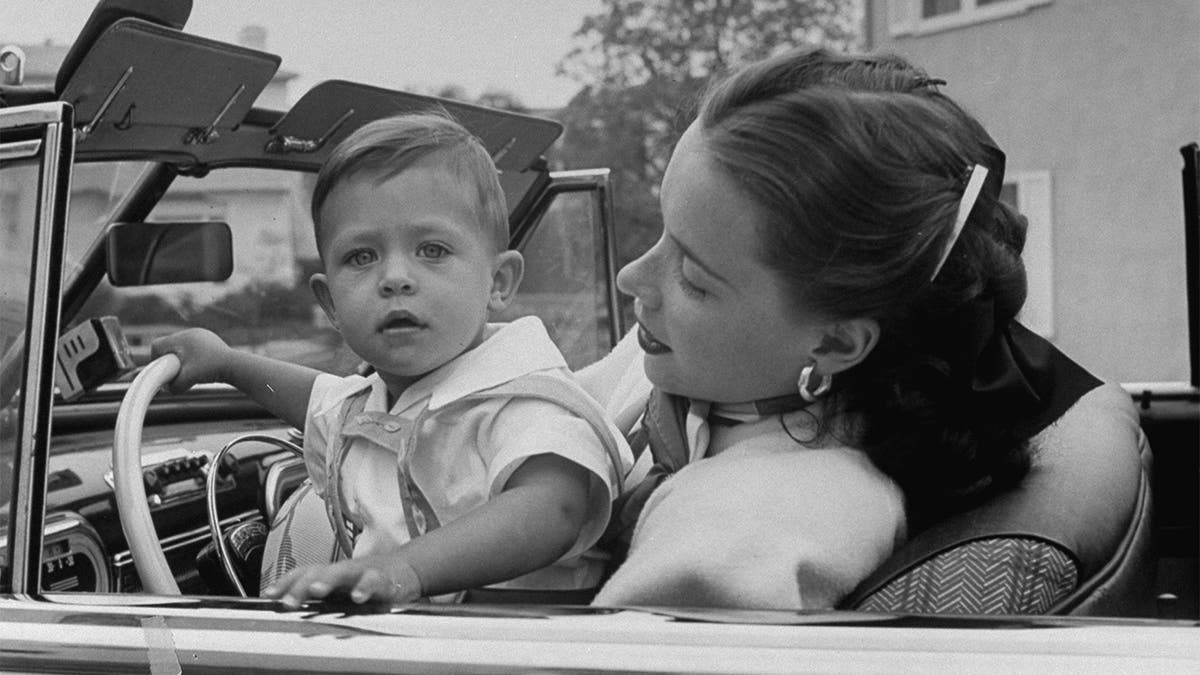
Susan Peters and Richard Quine shared a son named Timothy. (Photo by Bob Landry/The LIFE Images Collection via Getty Images/Getty Images)
"She wanted to make good movies because she was an actress, not because she was disabled," she shared. "There was an element of sadness in her life, but she was willing to reinvent herself. For me, she was a bright young star who didn’t get enough of a chance to shine."





















